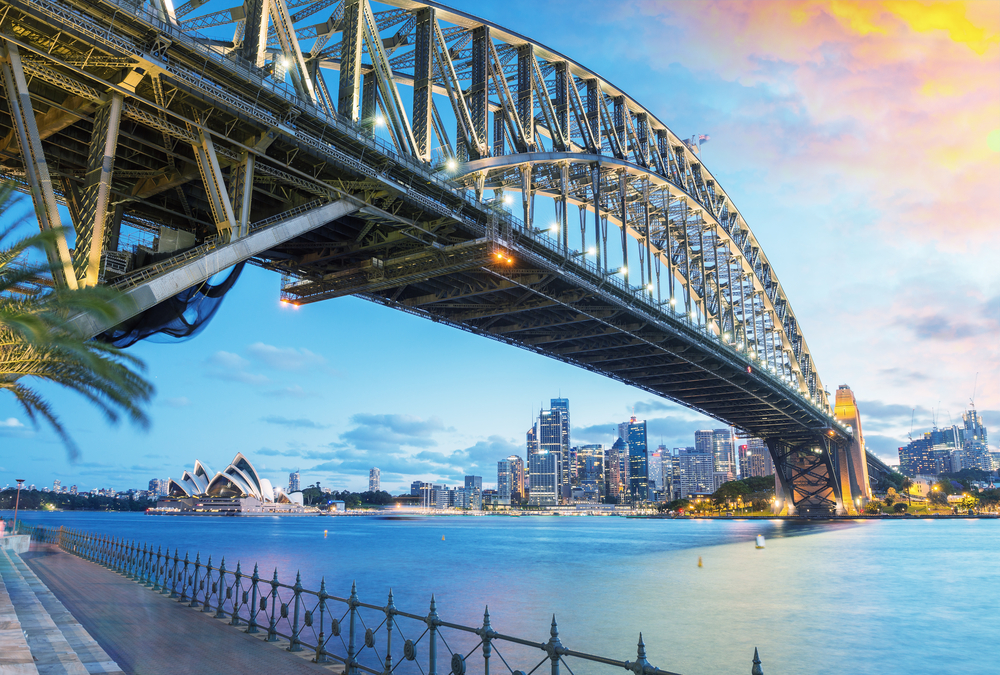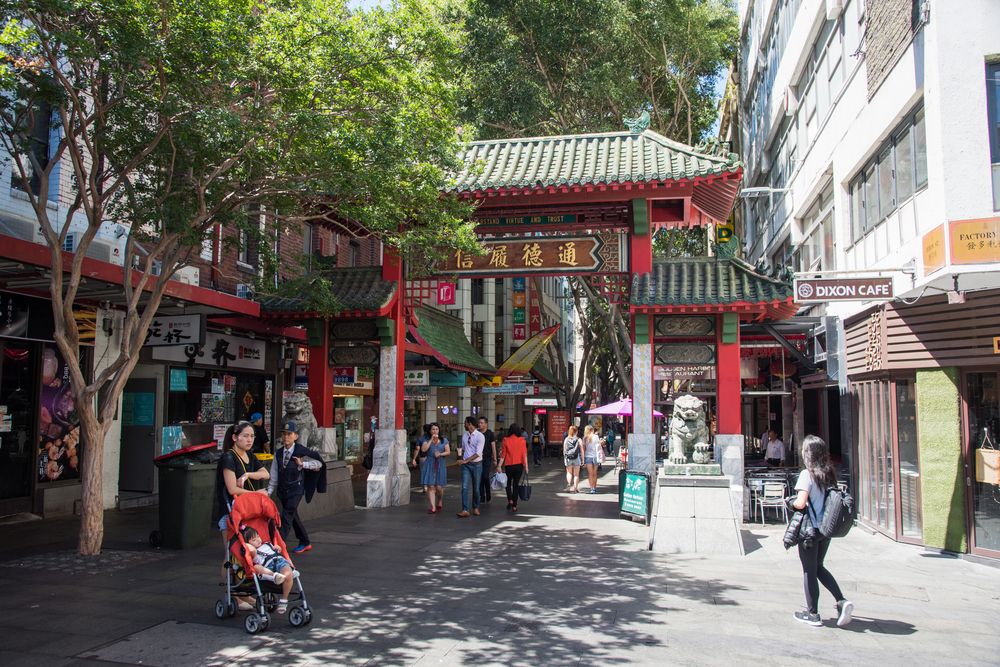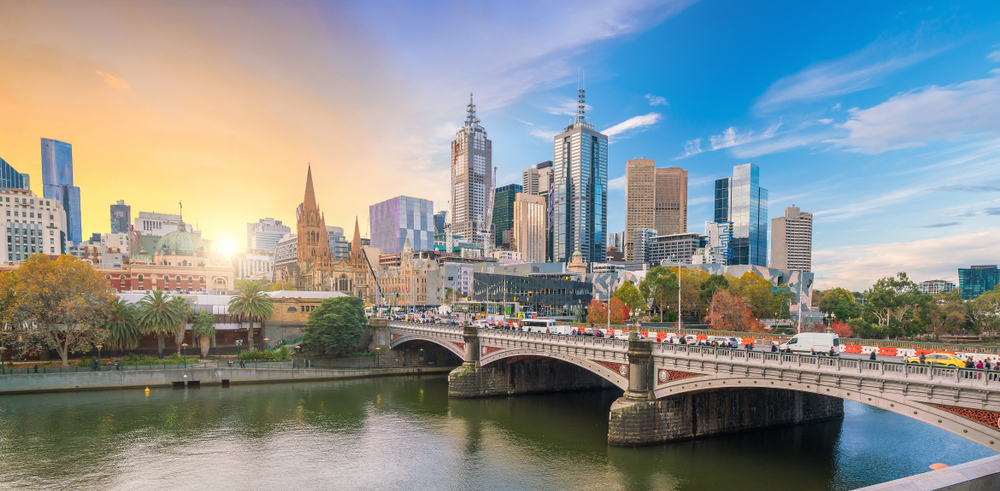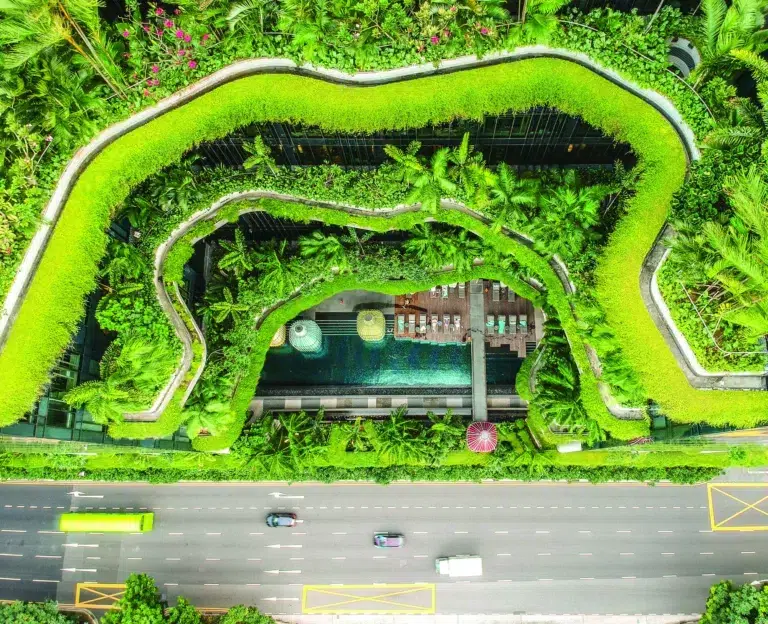Australia is back in business with Asian investors
As Australia lets down its guard post-pandemic, the delicate dance between maintaining economic ascendancy and managing foreign ownership restarts

Apissara Chairattanamanokorn, 24, came to Australia more than a decade ago for studies. But like scores of Asians before her, she has since opted to stay.
Real estate, among others, was a pull factor. “When I graduated from university, the property market was experiencing a boom period,” says the Royal Melbourne Institute of Technology (RMIT) University alumna. “Property growth was great, and it drew my attention into investing in properties.”
Asian property seekers return this year to a country which only months ago cast itself as “Fortress Australia” against a global contagion. International migration is making a resurgence, stabilising the Australian residential market just as it enters a correction period.
Offshore searches for homes to buy or rent on realestate.com.au, a REA Group portal, rose 23 percent in the year to June. Searches by mainland Chinese soared almost 432 percent year-on-year, followed by those from India (up 196.7 percent), Hong Kong (100.4 percent), and Singapore (35 percent). The rising demand is consistent with the flurry of arrivals, including 29,480 international students in June, since borders fully reopened in February.
Close enough to Asia but also far enough away culturally, Australia offers neighbours the geographical equivalent of white adjacency. Othered by poverty, inequality and autocracy in their home countries, many Asians find sanctuary in an outwardly privileged society where Mandarin is the largest language spoken after English and over 710,000 Indian-born people live. More than half of the Australian populace now are born overseas or have immigrant parents: the first migrant-majority western nation.

Since formally ending its infamous White Australia policies in 1970s, the nation has learned to navigate race relations more deftly than some other western countries. “If you see the crazy news from America, that stopped a lot of wealthy Chinese, especially in recent years, from going there,” says Benson Zhou, director for Melbourne CBD and metropolitan sales at Savills.
Australia’s economy wields a certain cross-border appeal to Asia. The country recorded in June an unemployment rate of 3.5 percent, the lowest since 1974, helping downplay talks of stagflation that dogged western countries after the Ukraine invasion.
But the current inflation rate, which at 6.1 percent is the highest in the country since 1990, worried the Reserve Bank of Australia (RBA) enough to hike the interest rate for four consecutive months into August. They mark Australia’s first interest rate hikes since 2010.
During the pandemic, we saw Australia emerging as a haven market where residential property prices have continued to grow. This has given confidence to Asian buyers who are looking for a second home especially when children’s education is concerned
As mortgagers began souring on the market, Australian house prices fell by 0.43 percent in July, with prices in Sydney and Melbourne down more than three percent from their peak, according to PropTrack, a REA Group company. The decline in home prices will likely persist into 2023, with the RBA unleashing more hikes this year alone, analysts say.
On the flipside, property prices in Australia soared 20 percent on average last year on the back of lockdown-era interest rates, reports property advisor Charter Keck Cramer. “Essentially, Australia just doesn’t have enough homes to sell to keep up with our rising population and demand,” says Ivan Lam, the firm’s head of international business. “This year, values are still broadly rising but nowhere near as fast as they were in early 2021.”

Knight Frank noted that mainstream home prices in Sydney and Melbourne still grew by 16.1 percent and 9.1 percent year-on-year, respectively, in the first half of 2022. “During the pandemic, we saw Australia emerging as a safe haven market where residential property prices have continued to grow,” says Christine Li, head of research and consultancy at Knight Frank APAC. “This has given confidence to Asian buyers who are looking for a second home especially when children’s education is concerned.”
As Australia’s third-largest export, education buttresses the economy. Traditions now resume: Well-off parent buys apartment for child, child graduates and returns to home country, and apartment becomes investment property. Or apartment becomes starter home, the graduate working toward Australian citizenship or permanent residency.
Pathways to both are manifold. The 188C visa, for example, offers a five-year stay for an investment of AUD5 million (USD3.4 million), according to research from Charter Keck Cramer. This includes, to an extent, indirect investment in residential property through managed funds.
Apissara, who continued her studies at the Whitehouse Institute of Design, found that rental returns can go as high as eight percent a year for lucky investors. Borrowers may also access equity built in the home by cash-out refinancing. “To own an Australian property is an asset to foreigners,” she says. “It would be very useful if they are thinking of migrating to Australia.”
Gains for those who have been naturalised or obtained residency are especially rewarding since they can purchase freehold landed homes and secondhand apartments, as per current Foreign Investment Review Board (FIRB) rules. Offshore buyers such as students’ parents are generally only allowed purchase of off-plan or new apartments.
In Melbourne and Sydney, the compounding rate of capital growth for landed homes is about five percent per annum, excluding rental returns, reports Lam. “Residential real estate in Australia is more of a long-term, stable-growth asset class in general. Capital growth is associated with land, and the residential category that therefore experiences strongest capital growth over time are established houses, followed by townhouses and apartments.”

But with open borders comes more gatekeeping of Australian real estate. Following a dramatic reduction of monetary thresholds on land acquisitions in 2020, FIRB in July doubled fees on foreign investment applications to anywhere from AUD4,000 to AUD1.045 million.
“The cost of buying has definitely increased. It’s not that friendly to foreign investors,” says Zhou. “That’s not going to help the current property developers because it’s all about the margin.”
Like their counterparts in Canada and New Zealand, Asians in Australia are—sometimes unfairly—linked to eroding housing affordability. Foreign buyers account for 5.9 percent of new home sales, according to recent National Australia Bank figures.
“You have to draw the line,” says Zhou, who has lived in Australia for over two decades. “Otherwise, our housing price is going to go up to the roof.”
But with Asia delivering over 50 percent of the global GDP by 2030, Australia will always be tethered to its neighbours.
Having lived in Australia almost half her life, Apissara has come to understand the inextricable ties binding the continents she has called home. “Real estate is an important part of the economy,” she says. “Australia needs this sort of foreign investment to boost the economy.”
The original version of this article appeared in PropertyGuru Property Report Magazine Issue No. 174 on issuu and Magzter. Write to our editors at [email protected].
Recommended
6 green real estate projects reshaping Asia’s future
Developers are being incentivised to push a green agenda into daring new realms
ARES White Paper Volume 3: The era of adaptive reinvention
Pioneering sustainable and innovative practices in urban development
ARES White Paper Volume 2: Unravelling the power of data revolution in real estate
Insights on proptech, smart cities, and sustainable development
ARES Digital White Paper Volume 1: The fundamentals of responsible building
Green and climate heroes join forces to discuss how Asia Pacific can weather the current environmental crises and the looming effects of climate change






